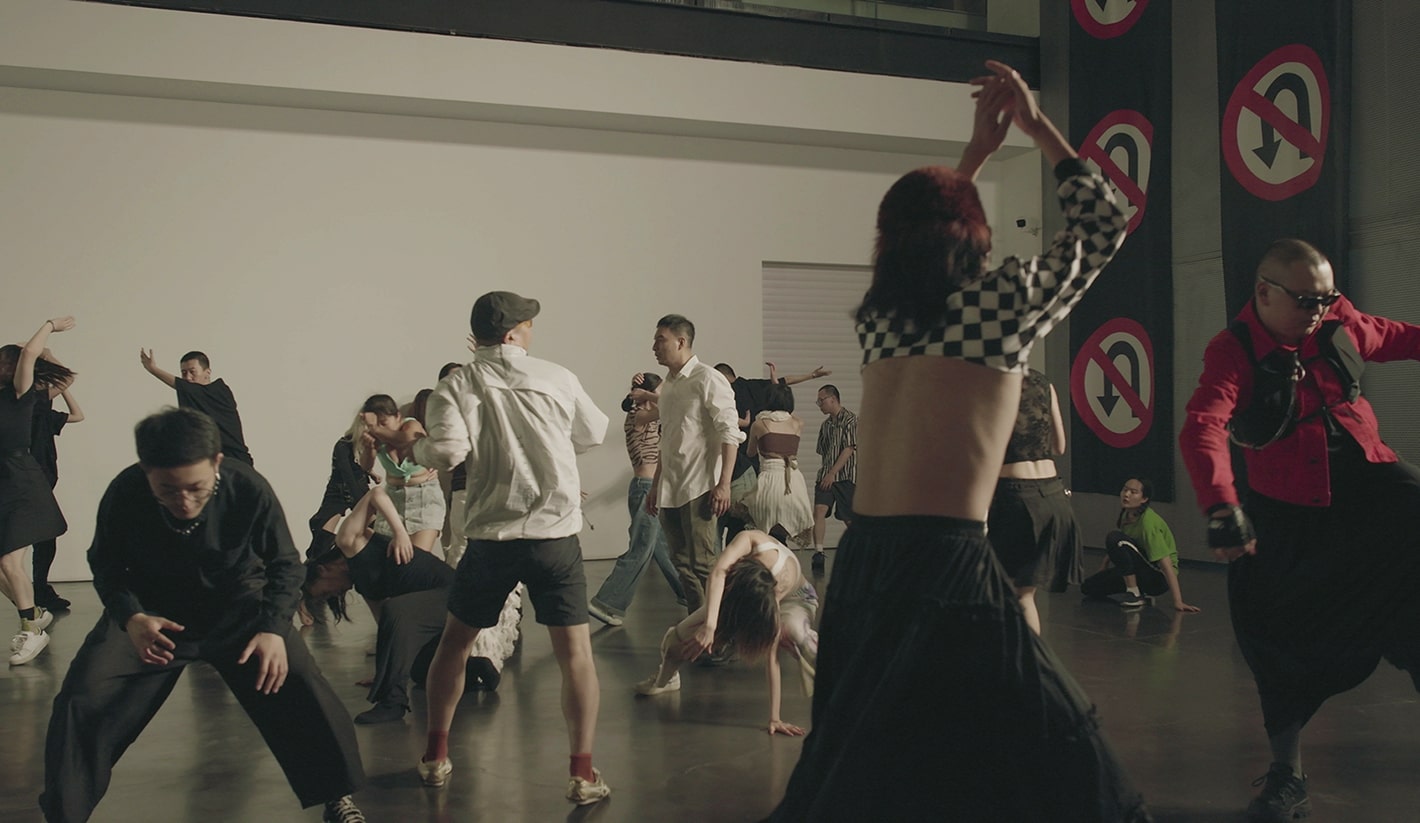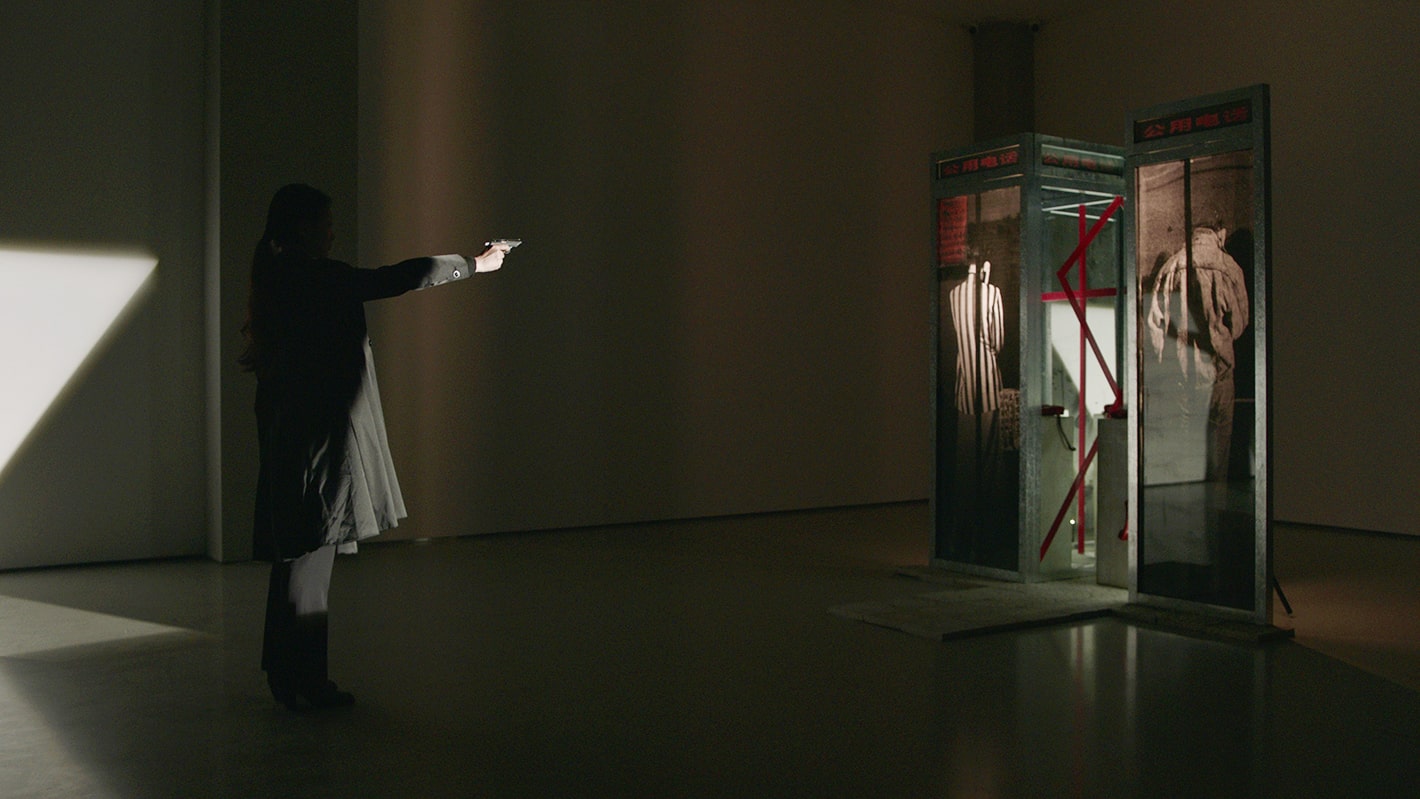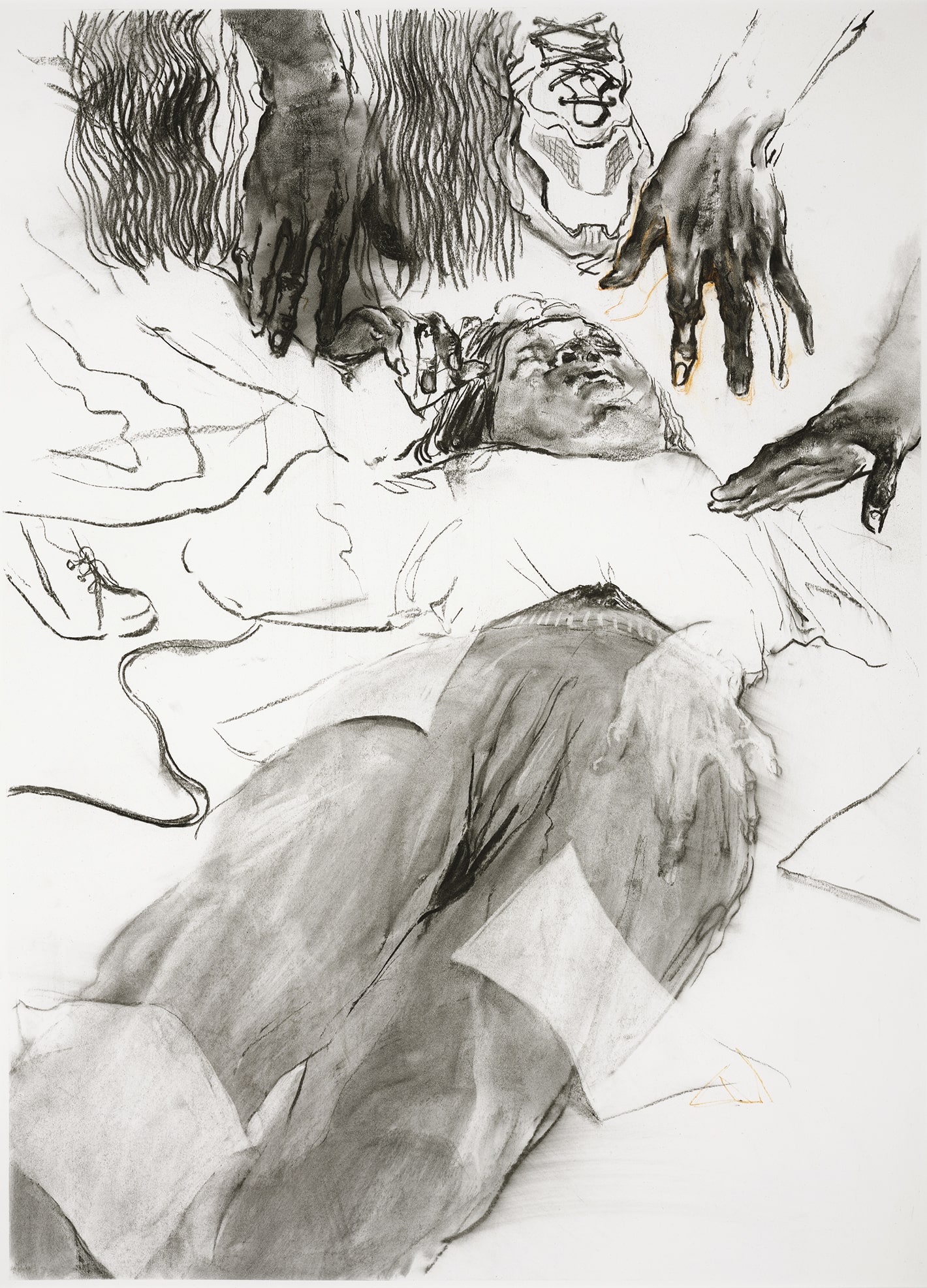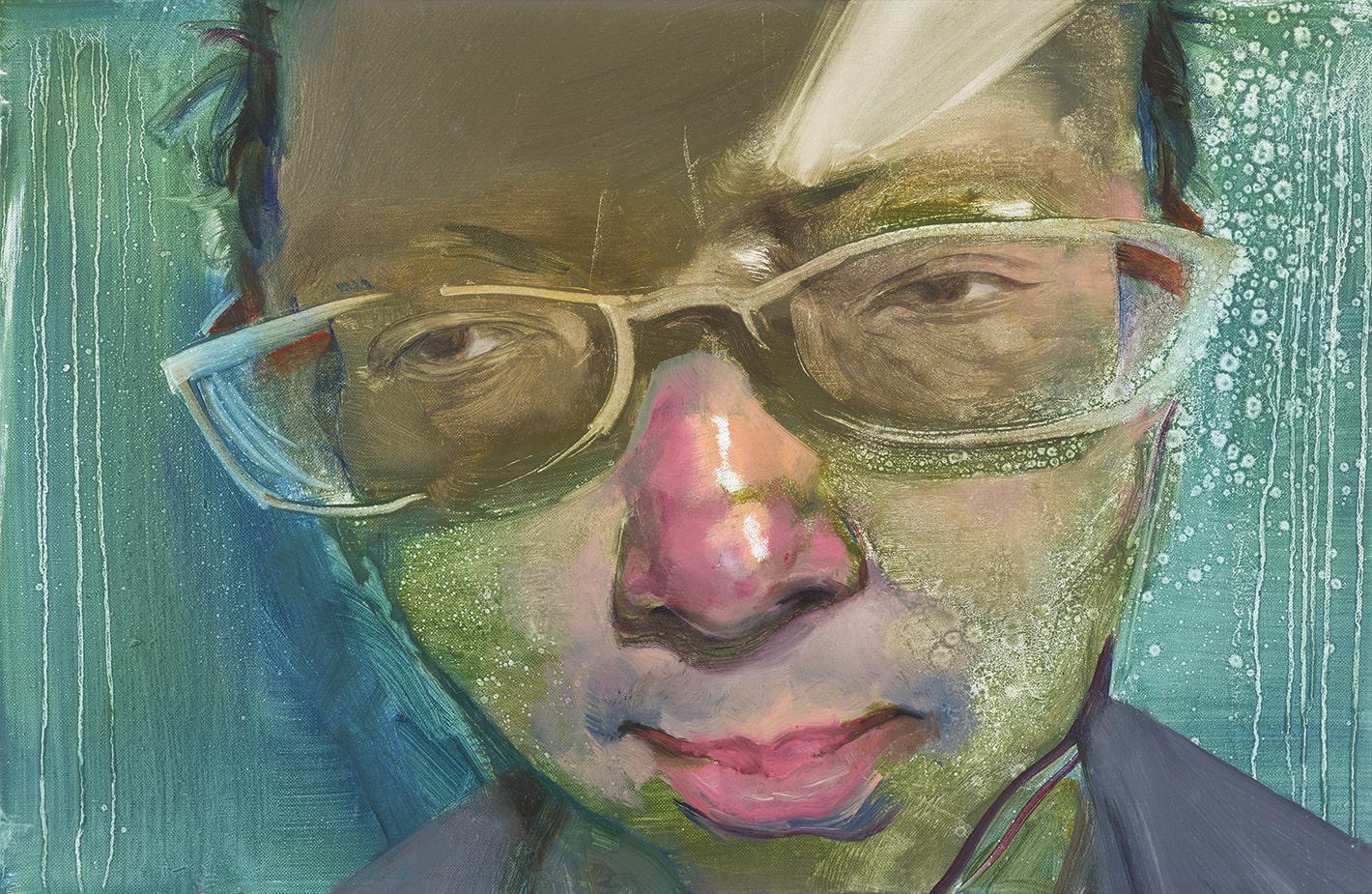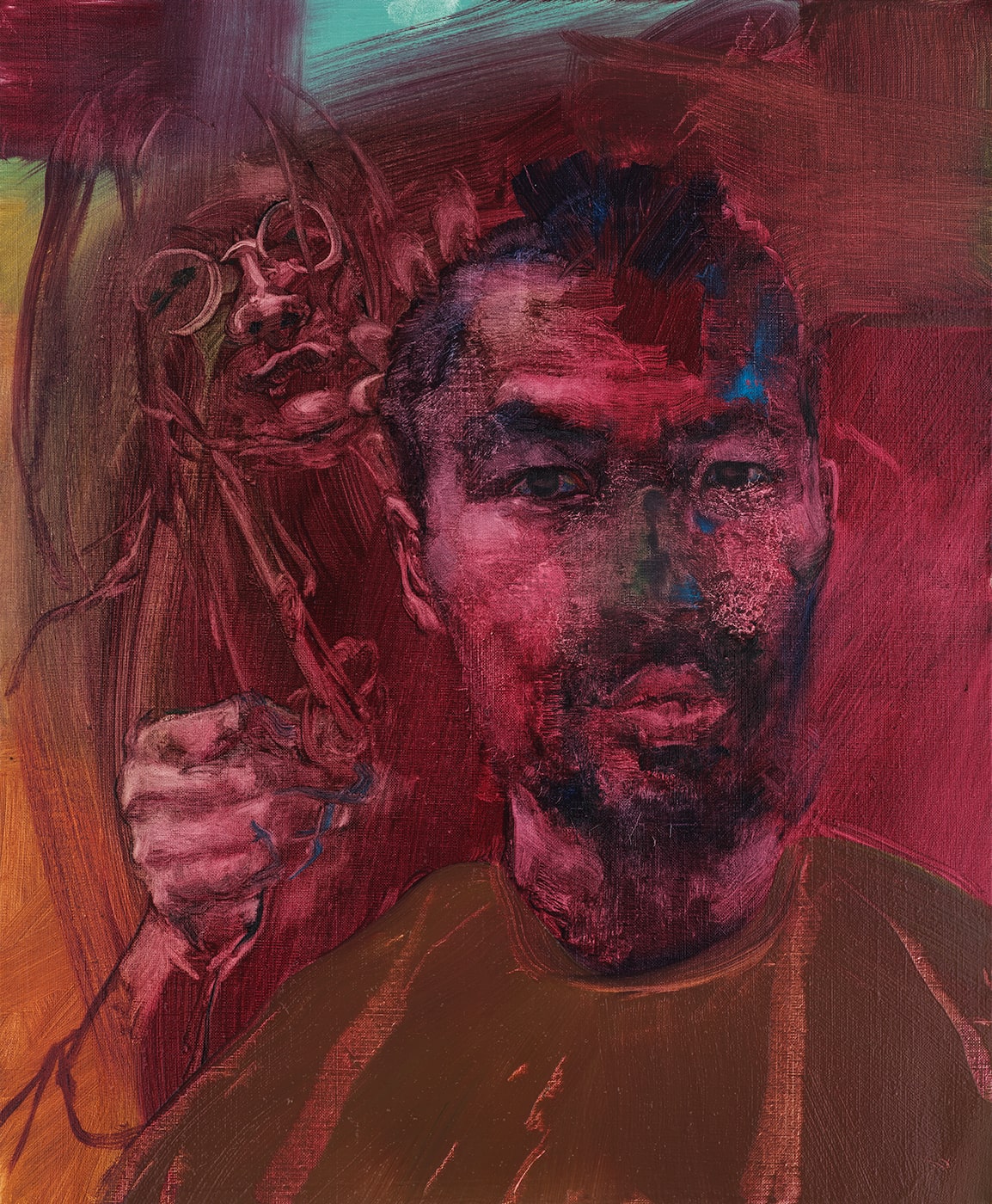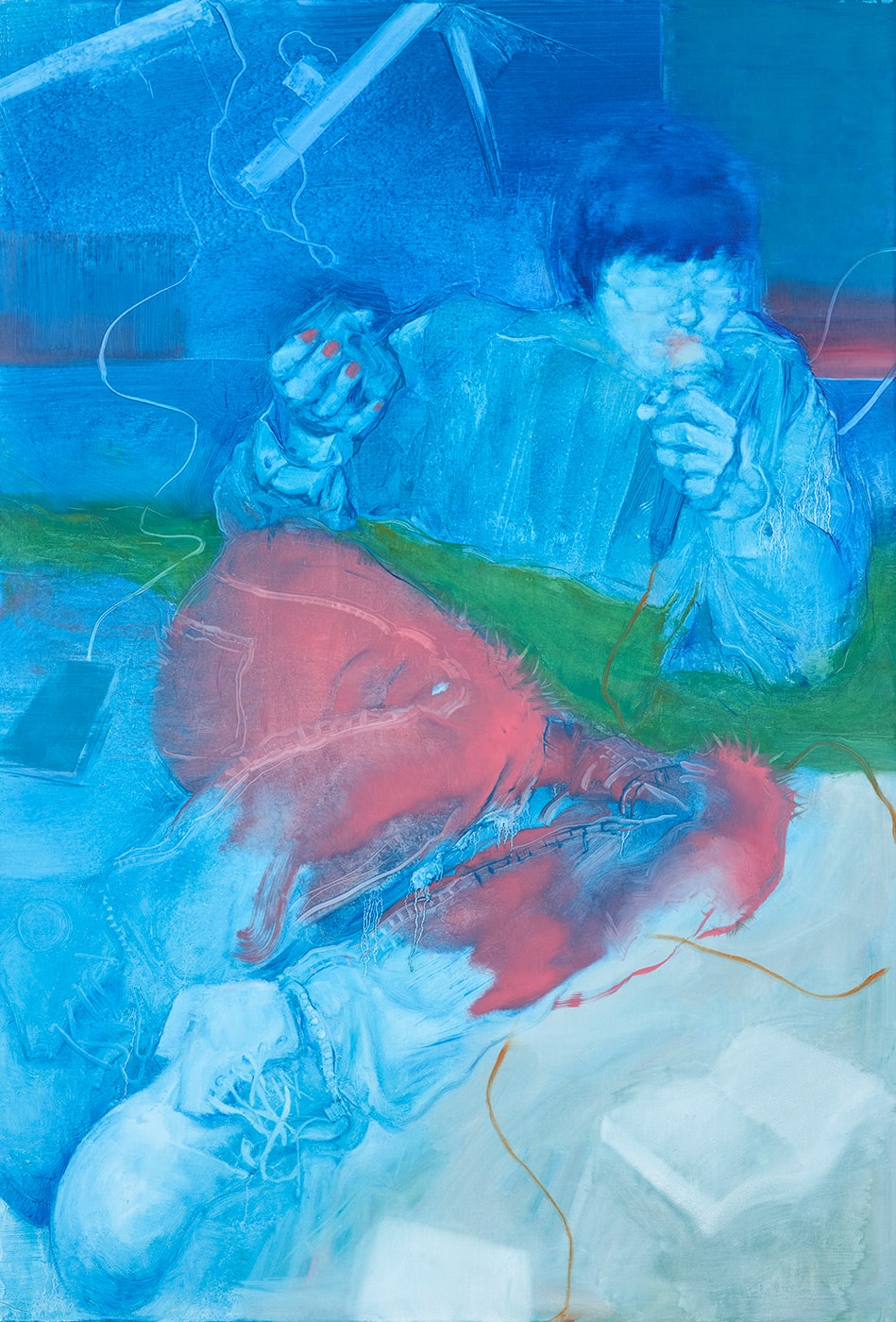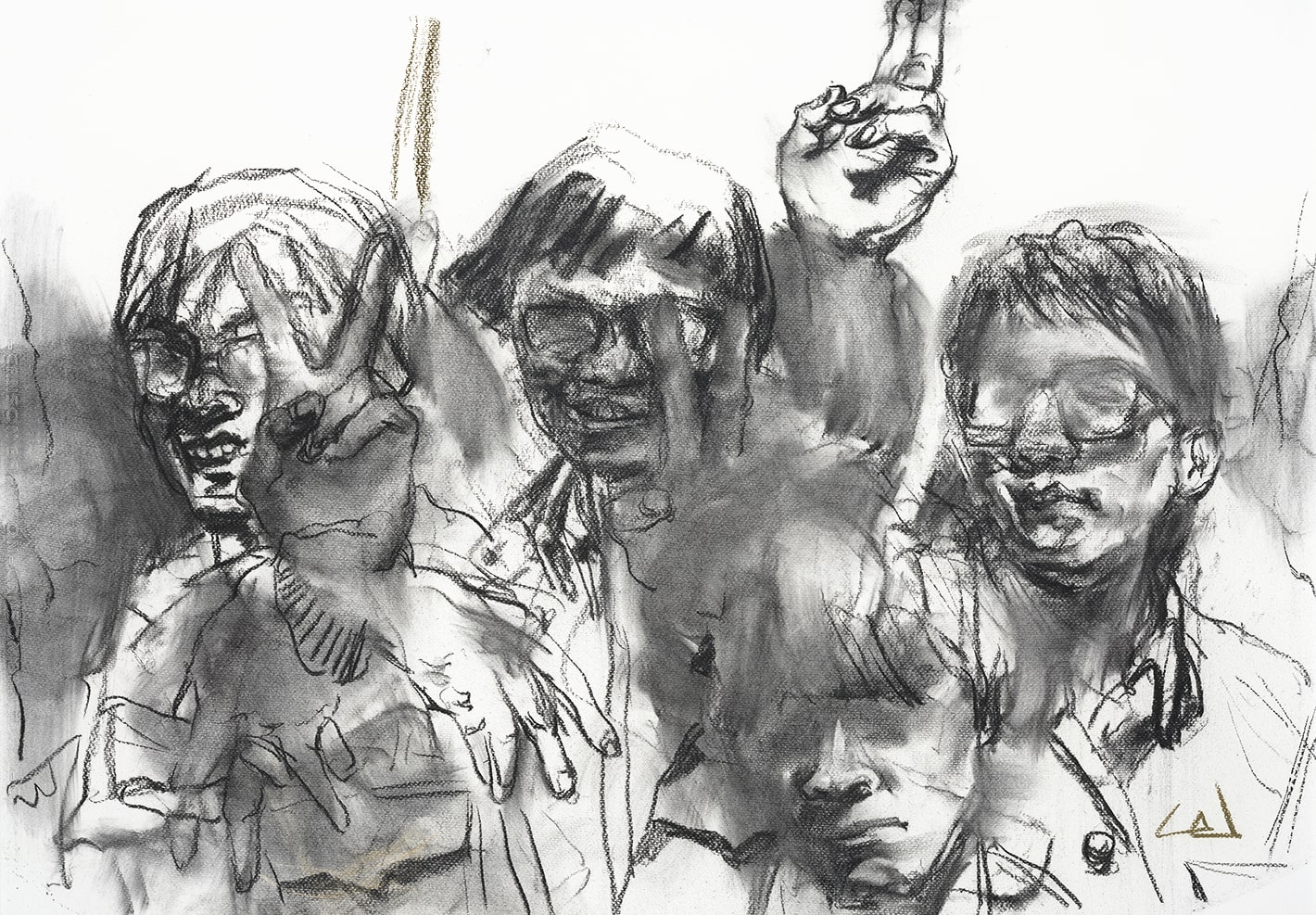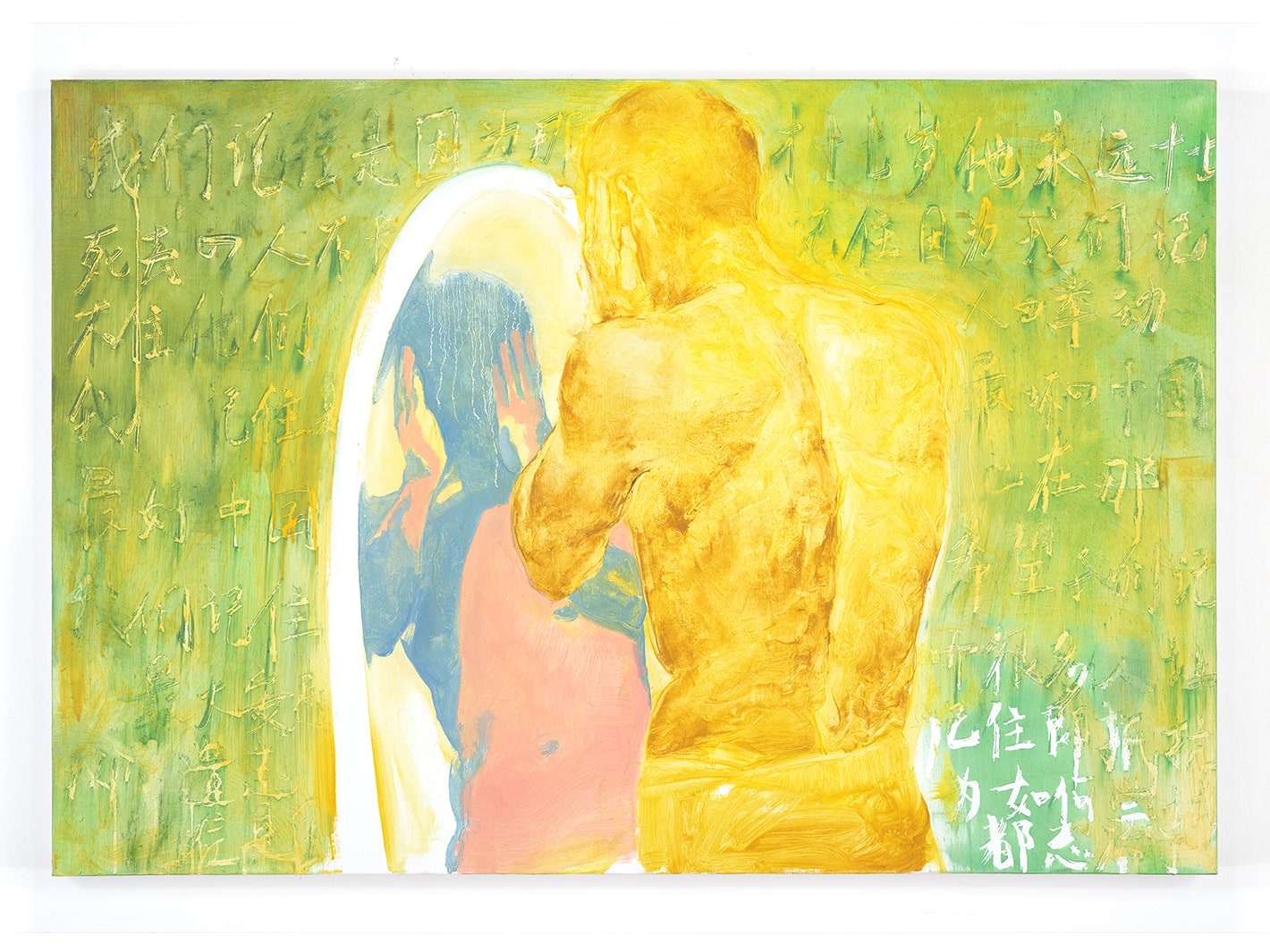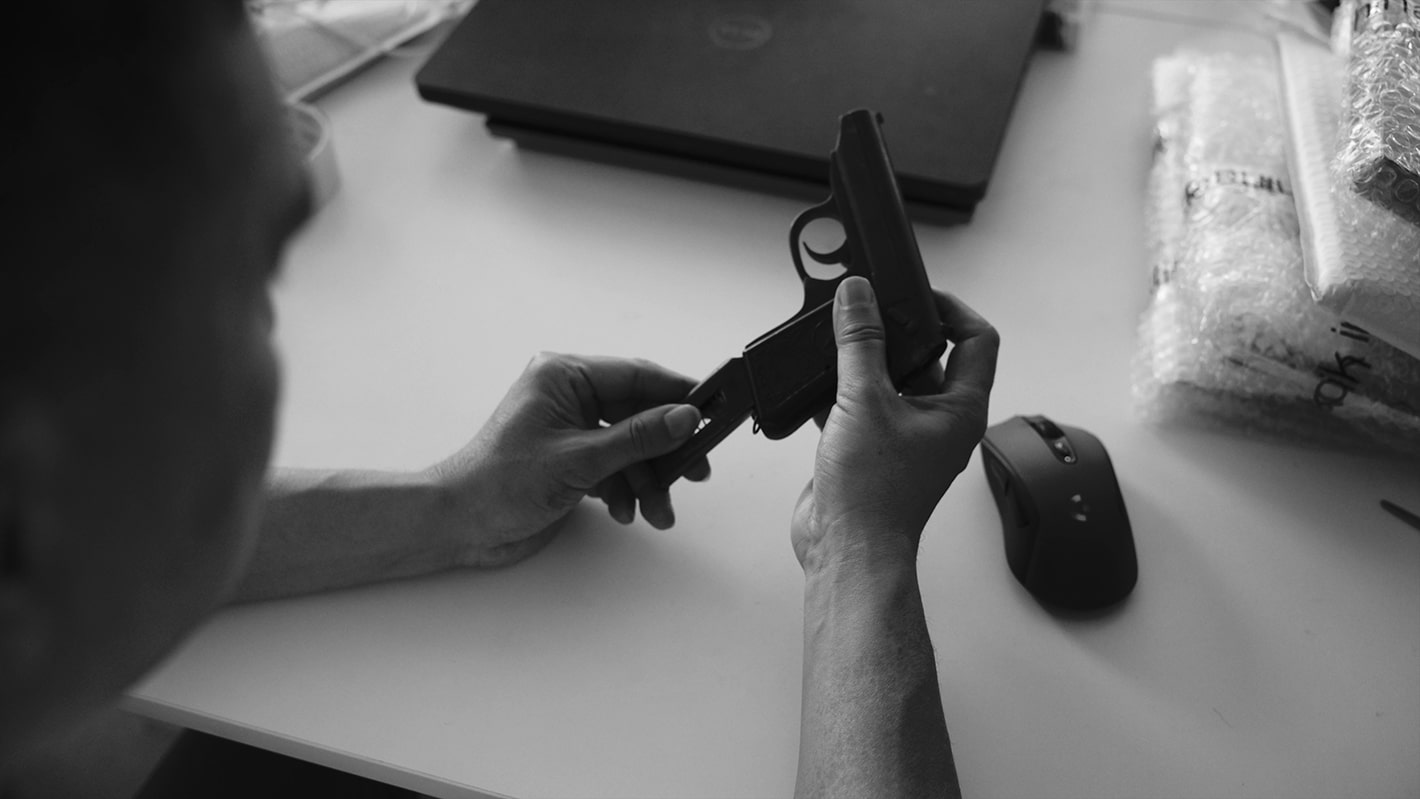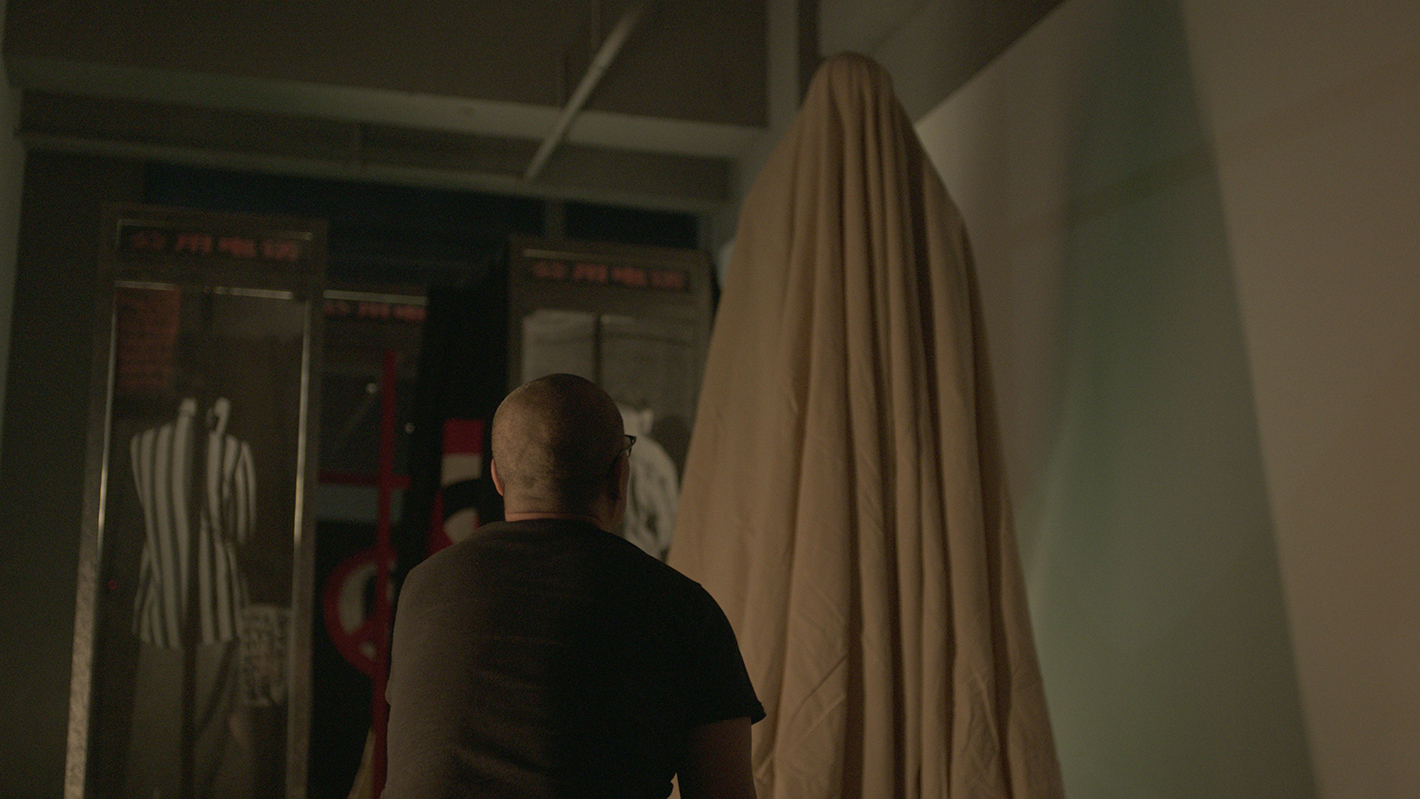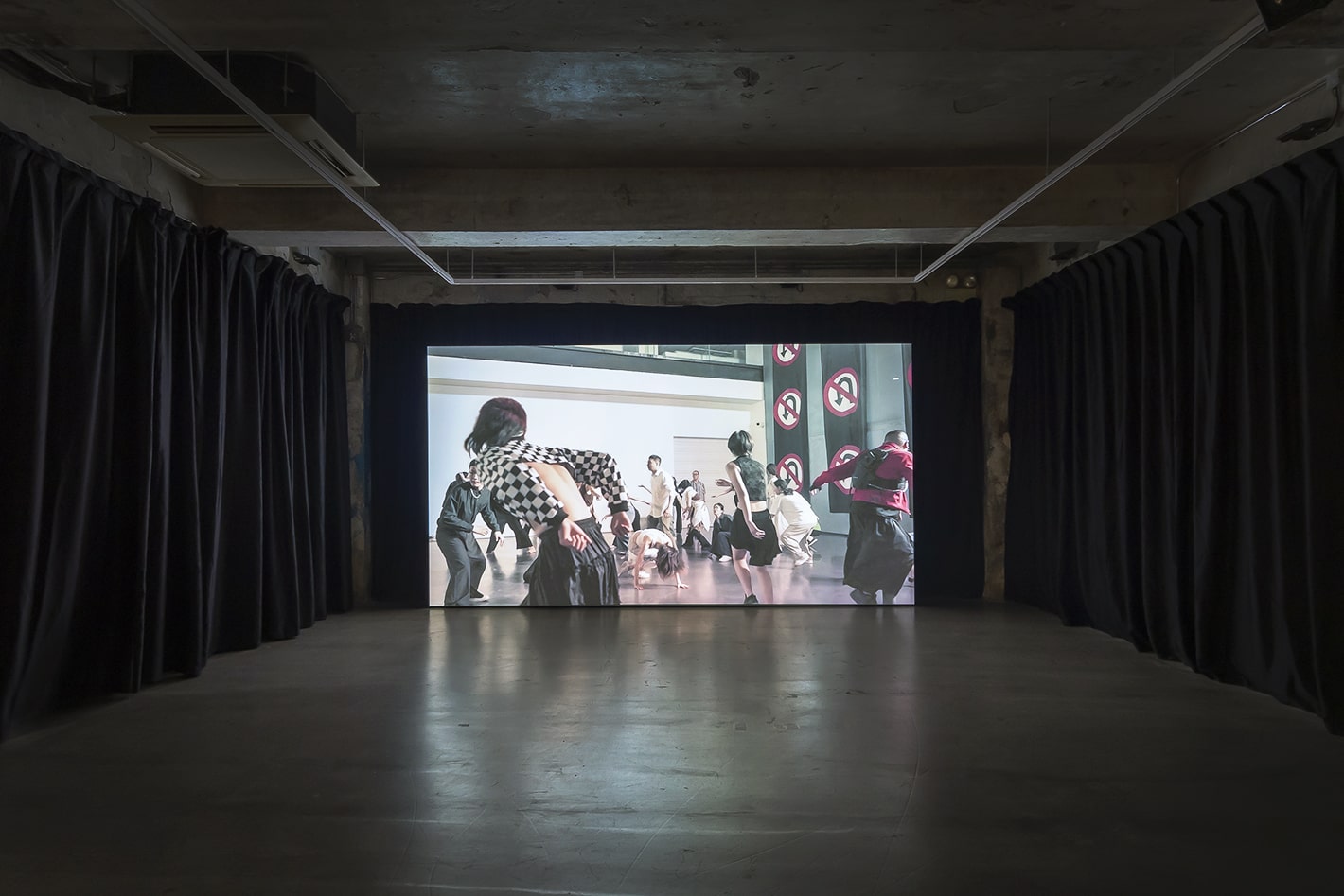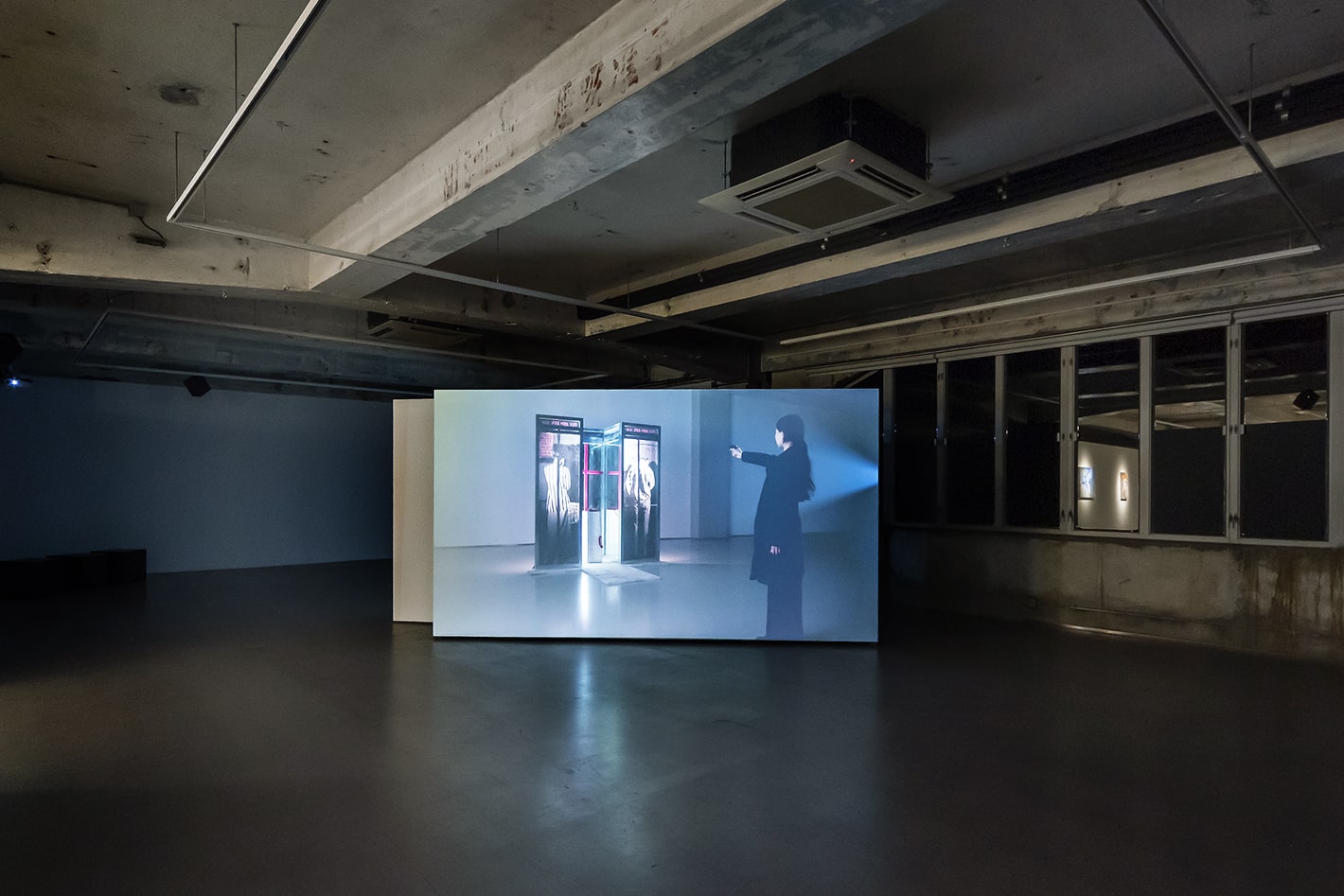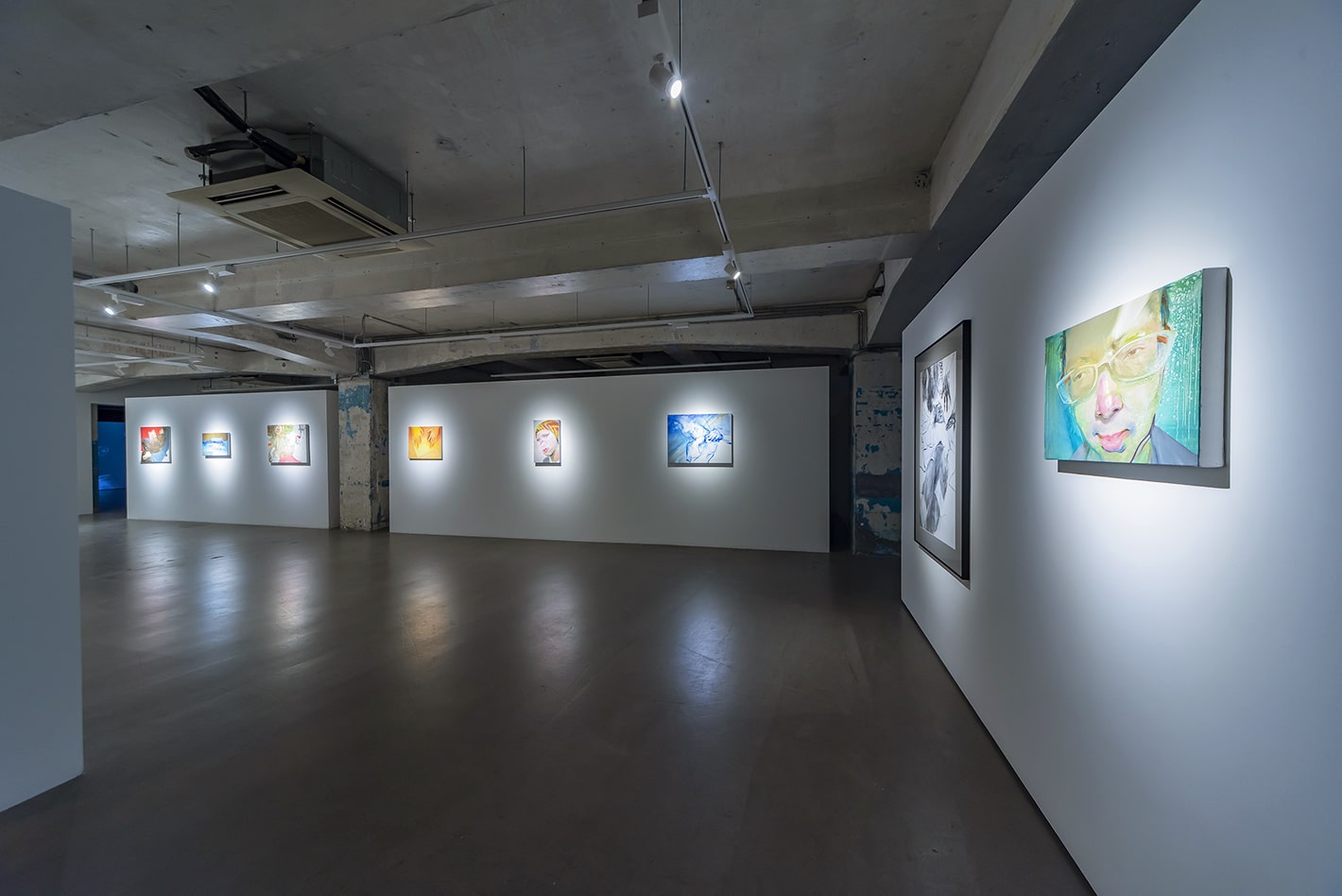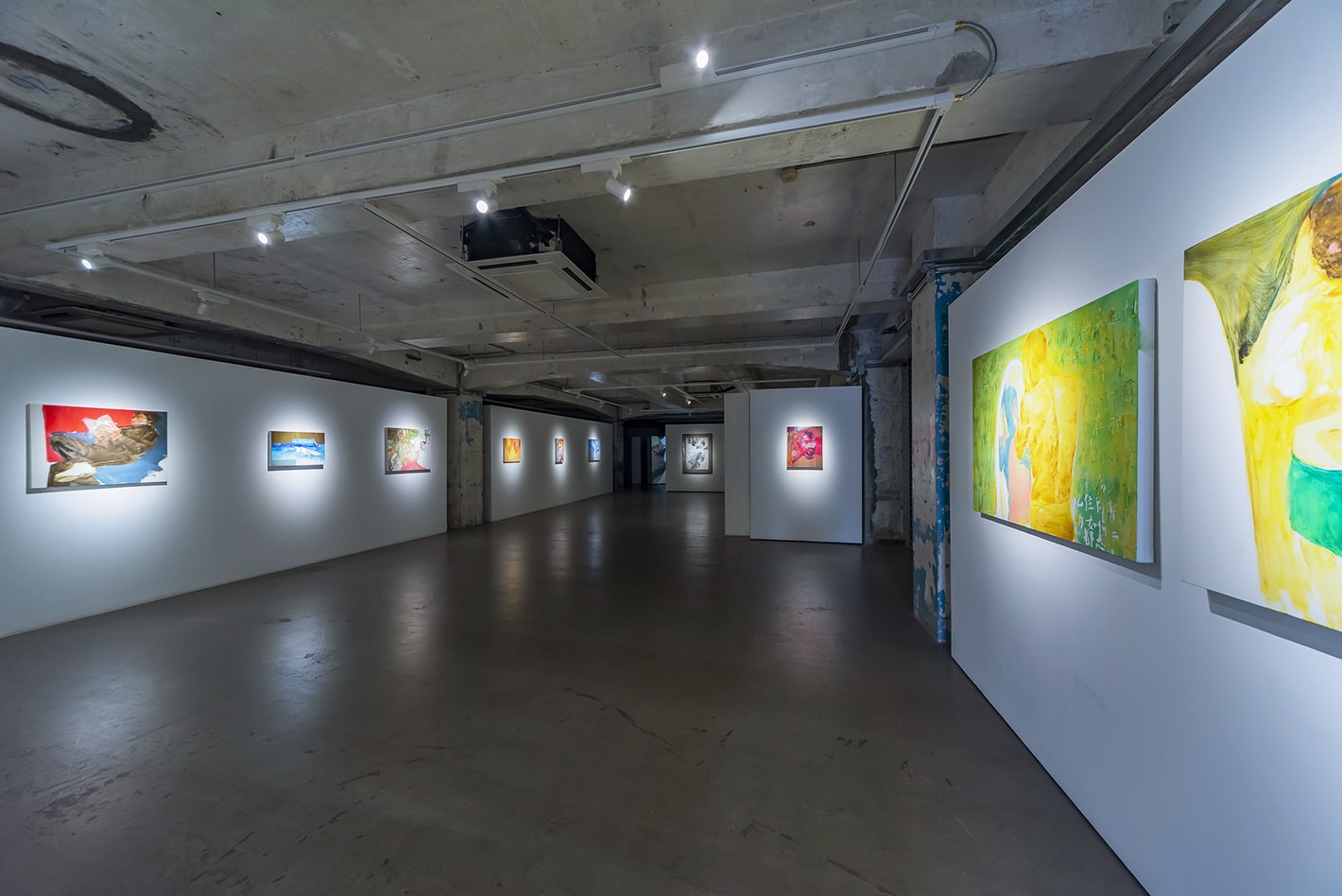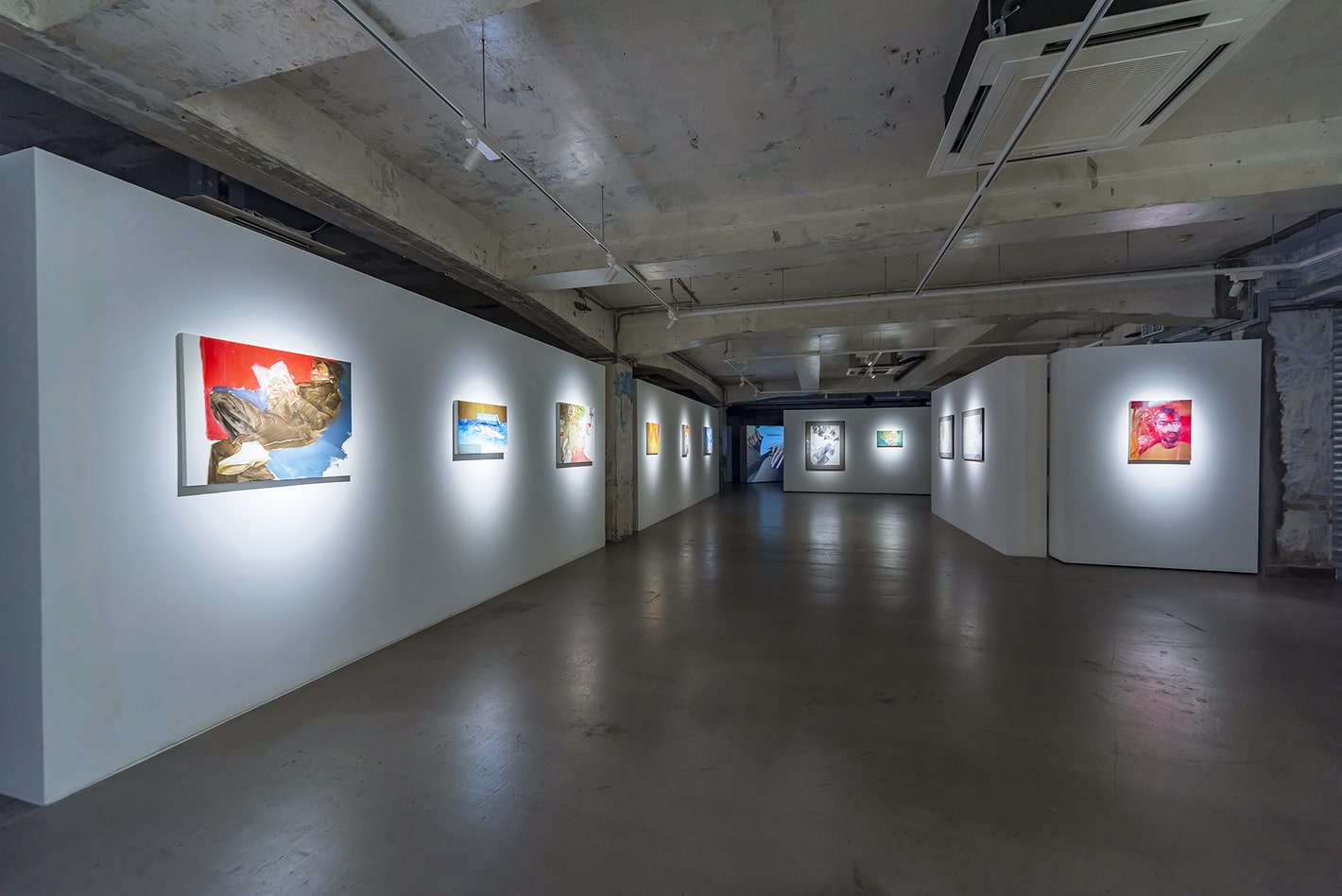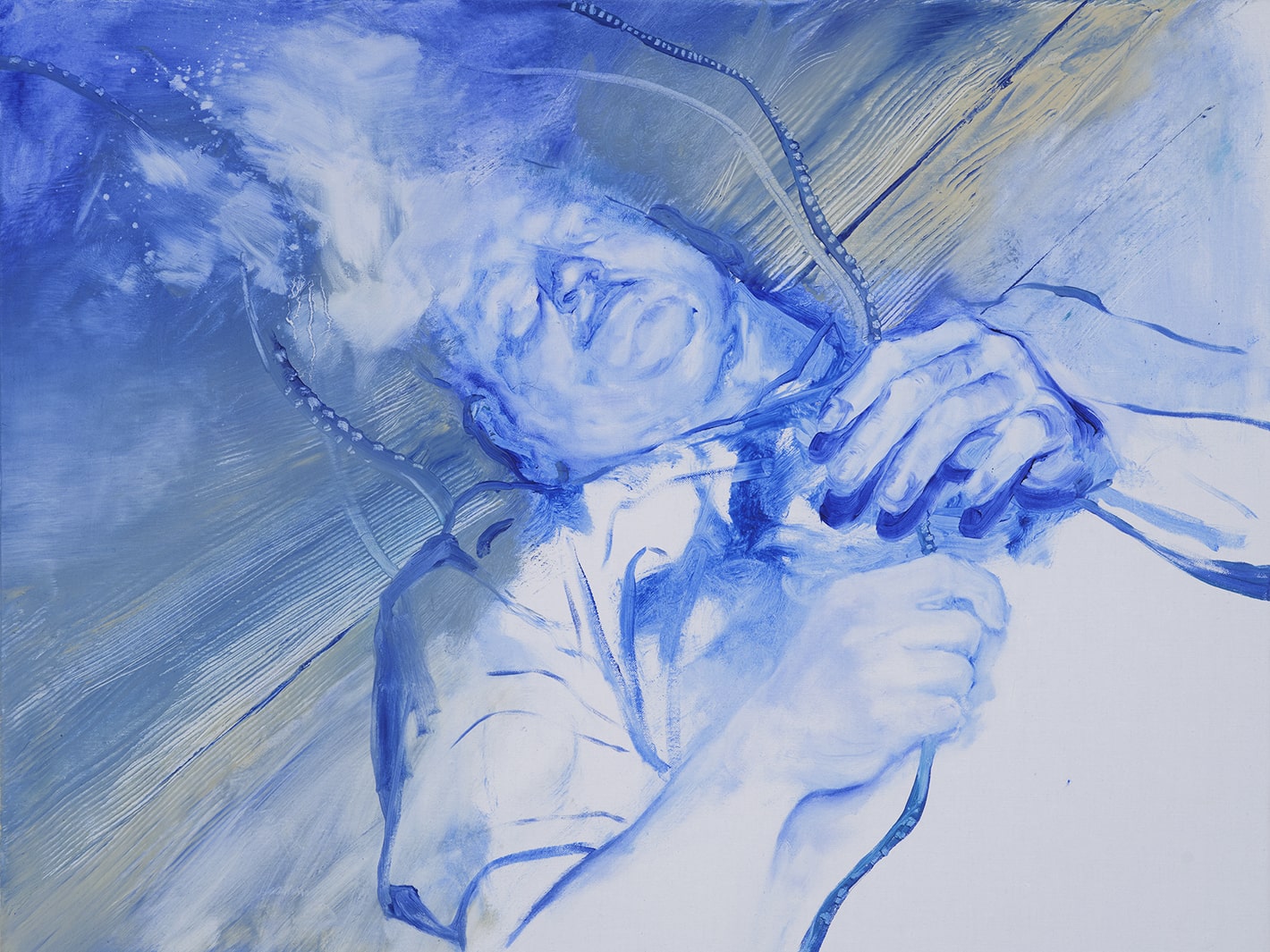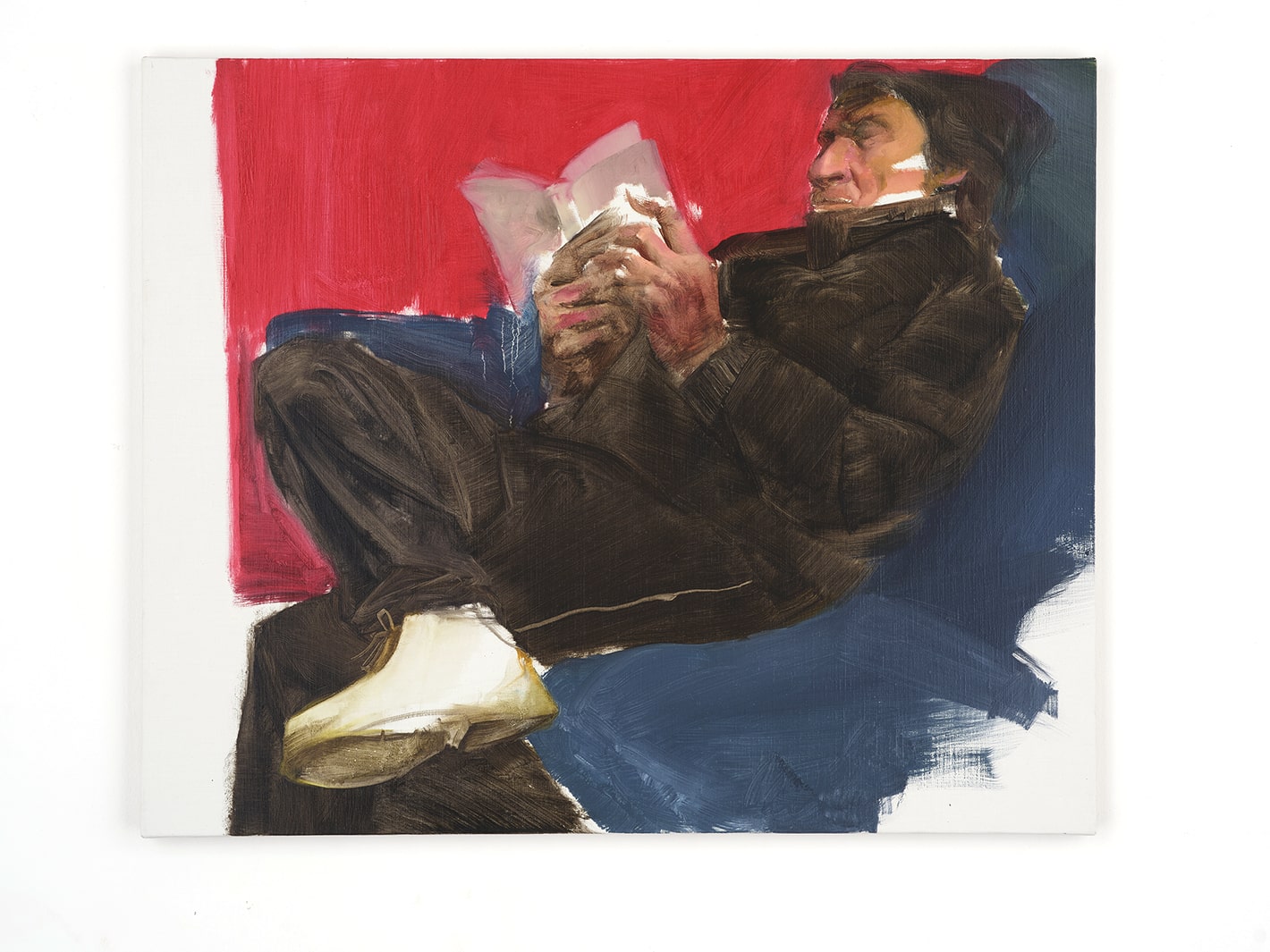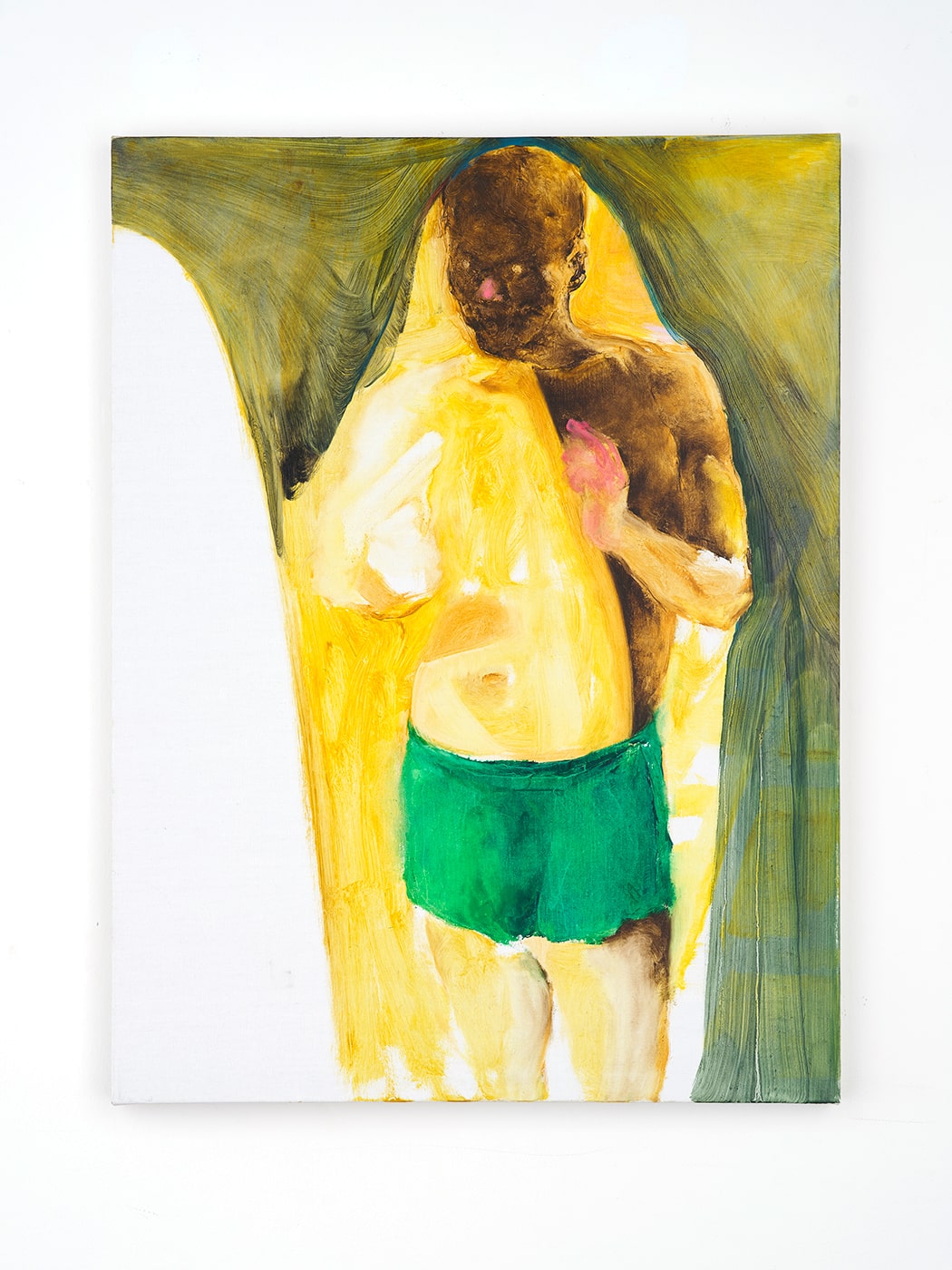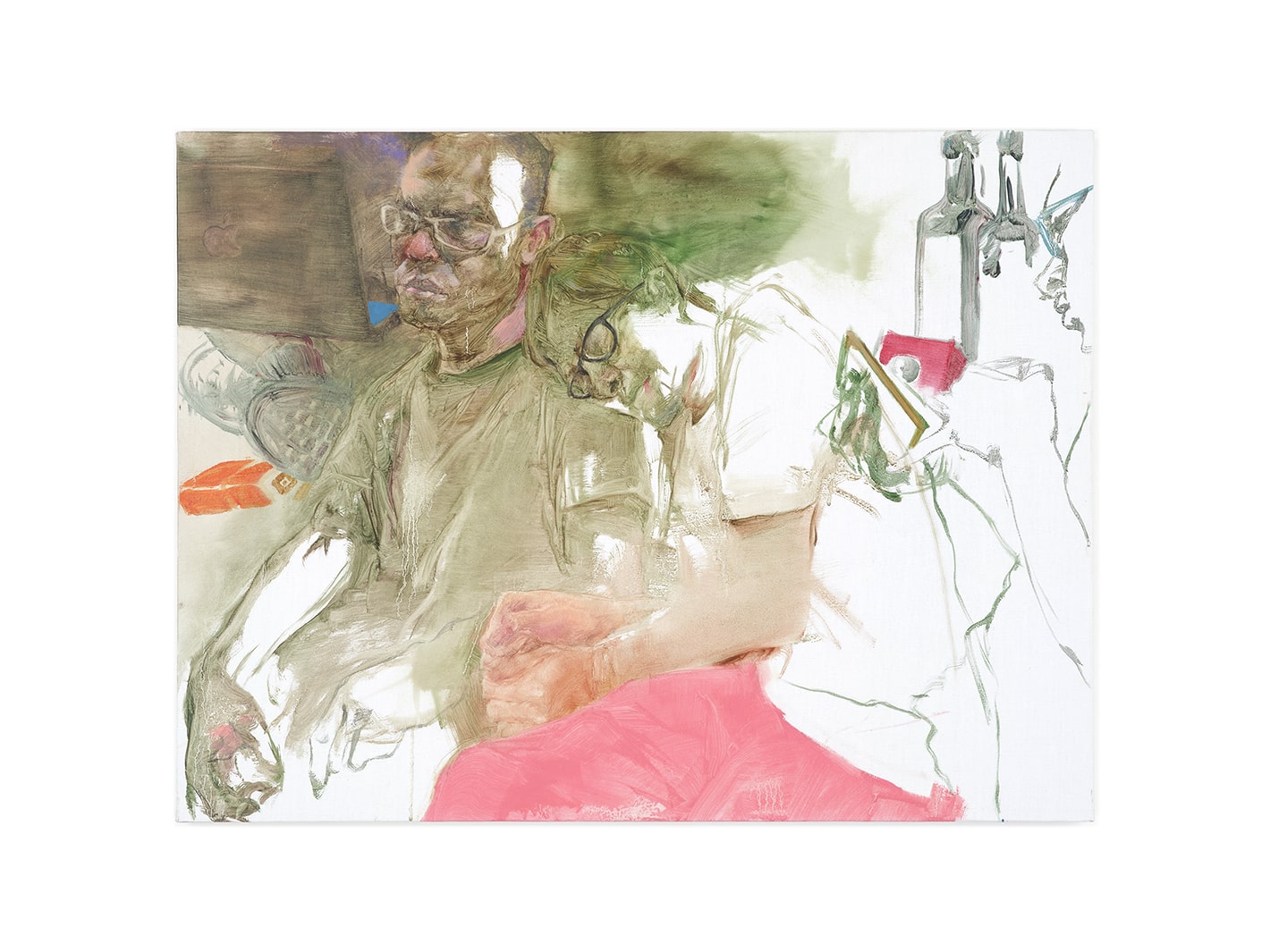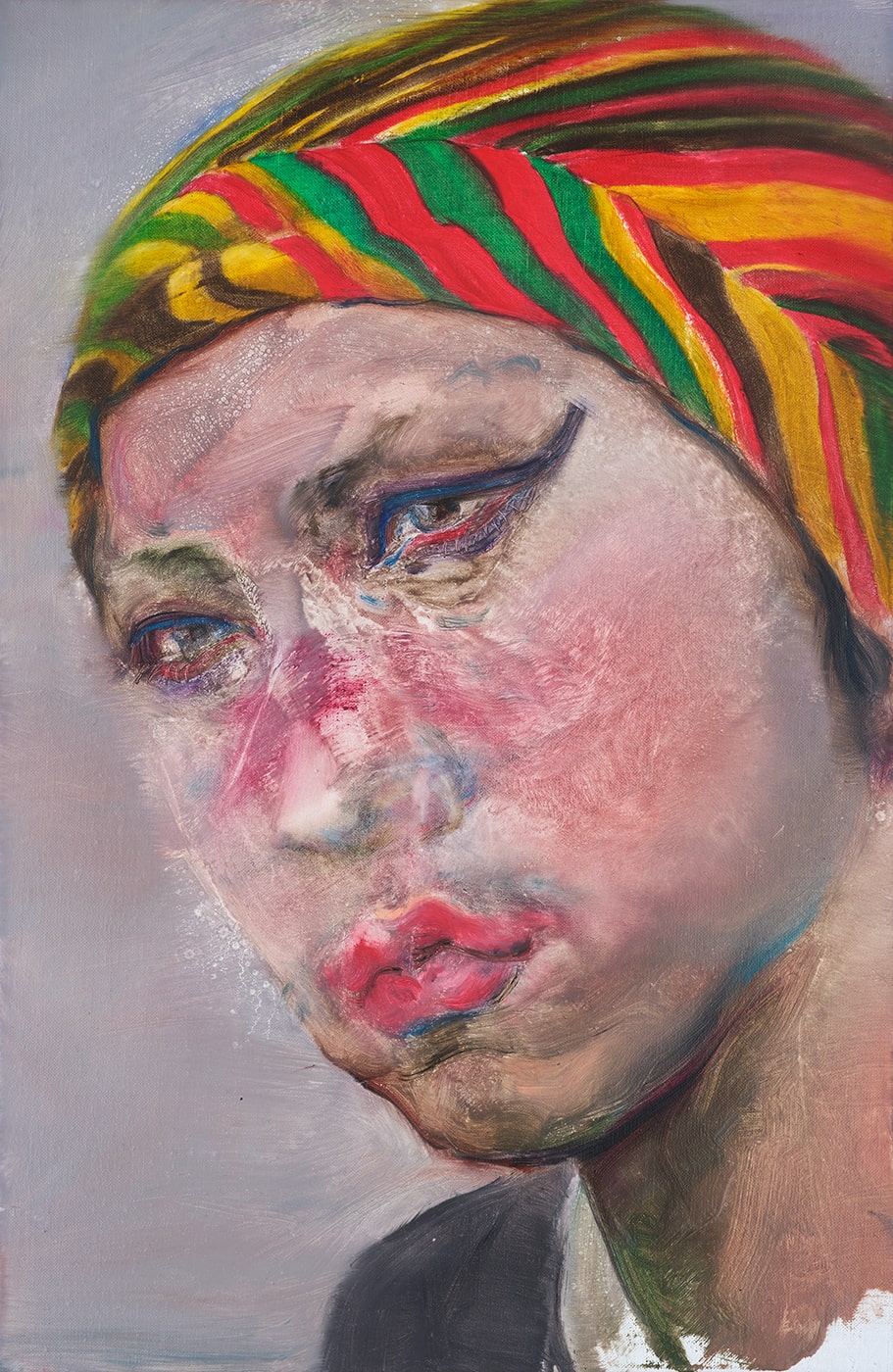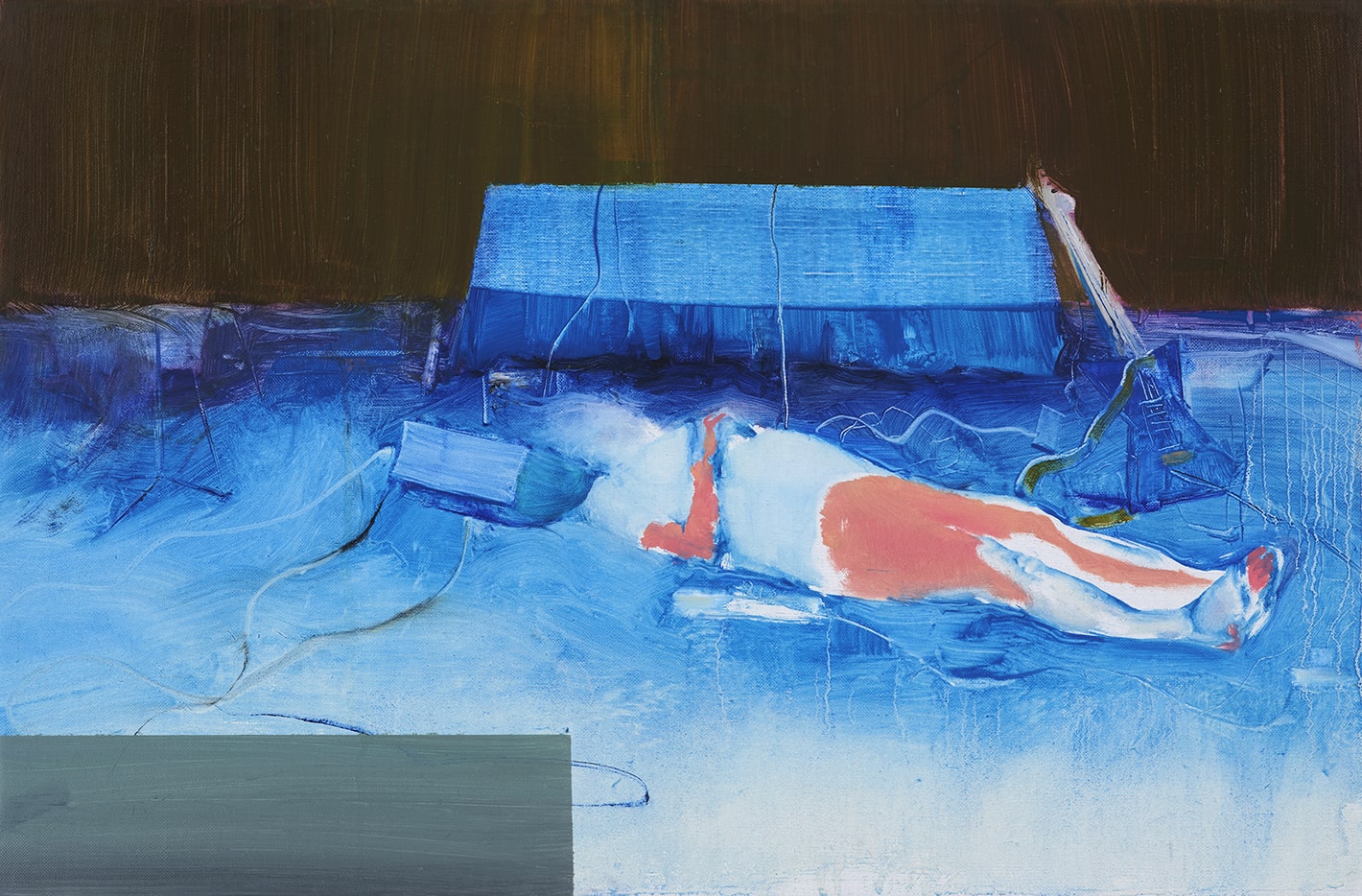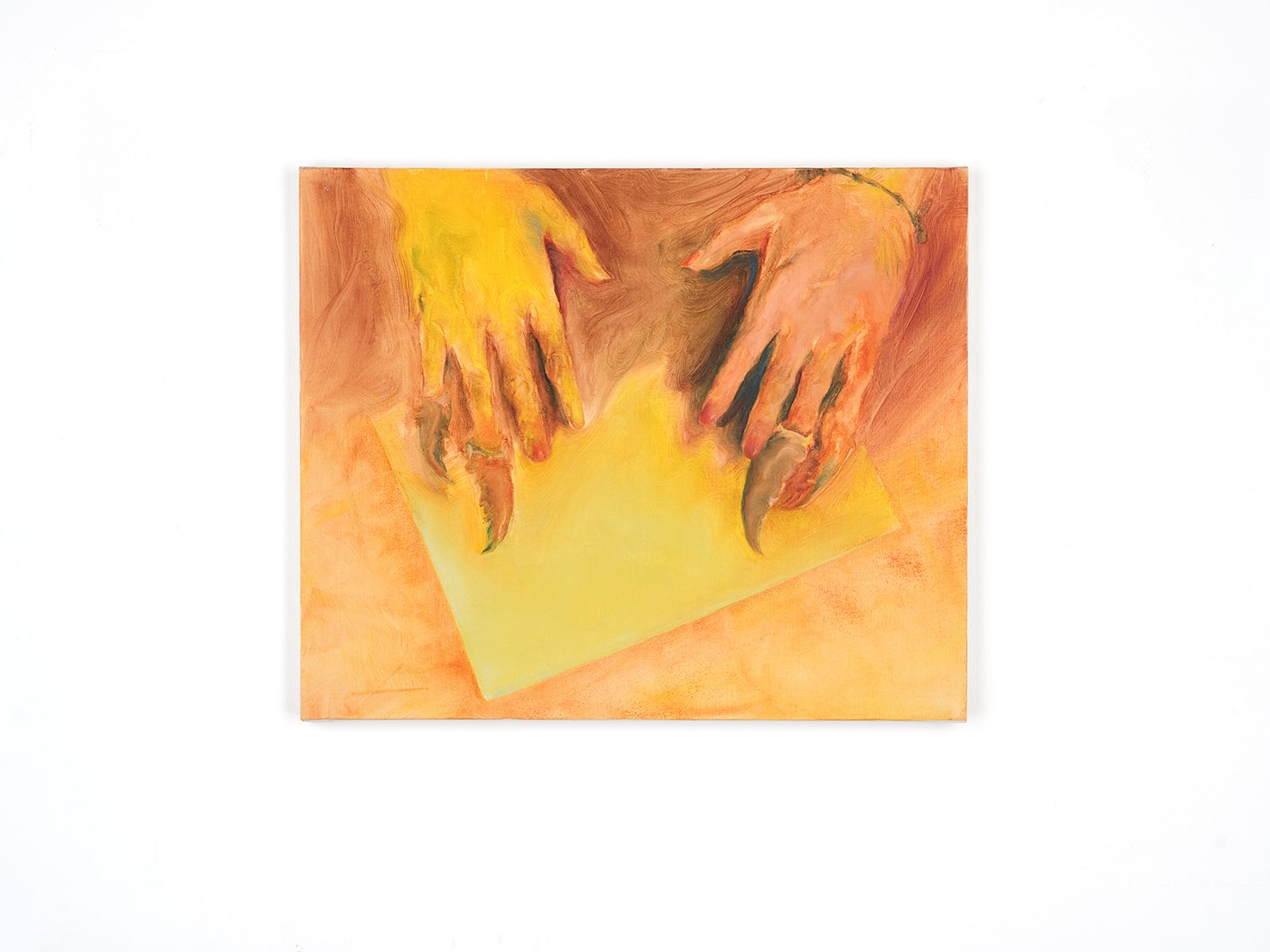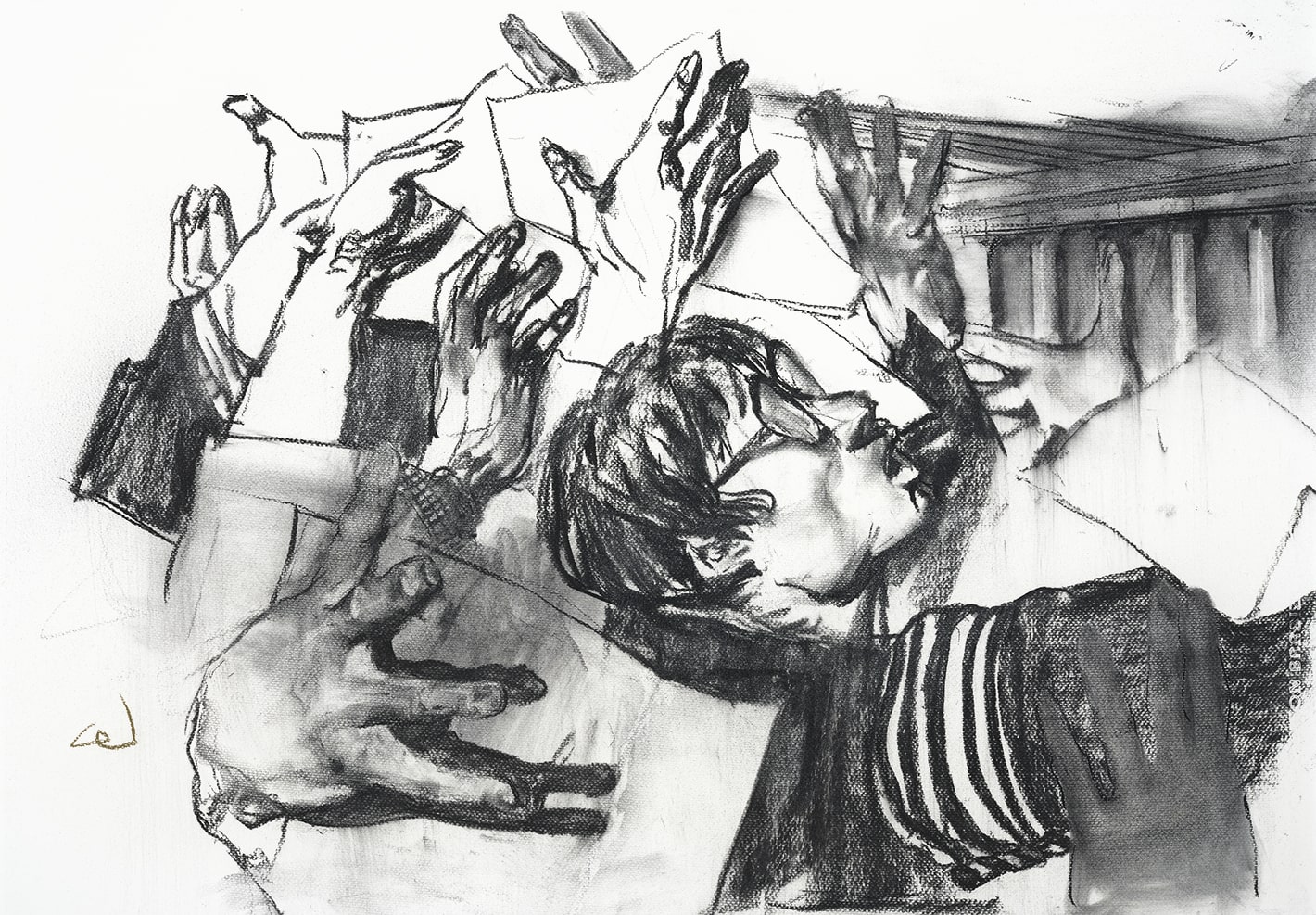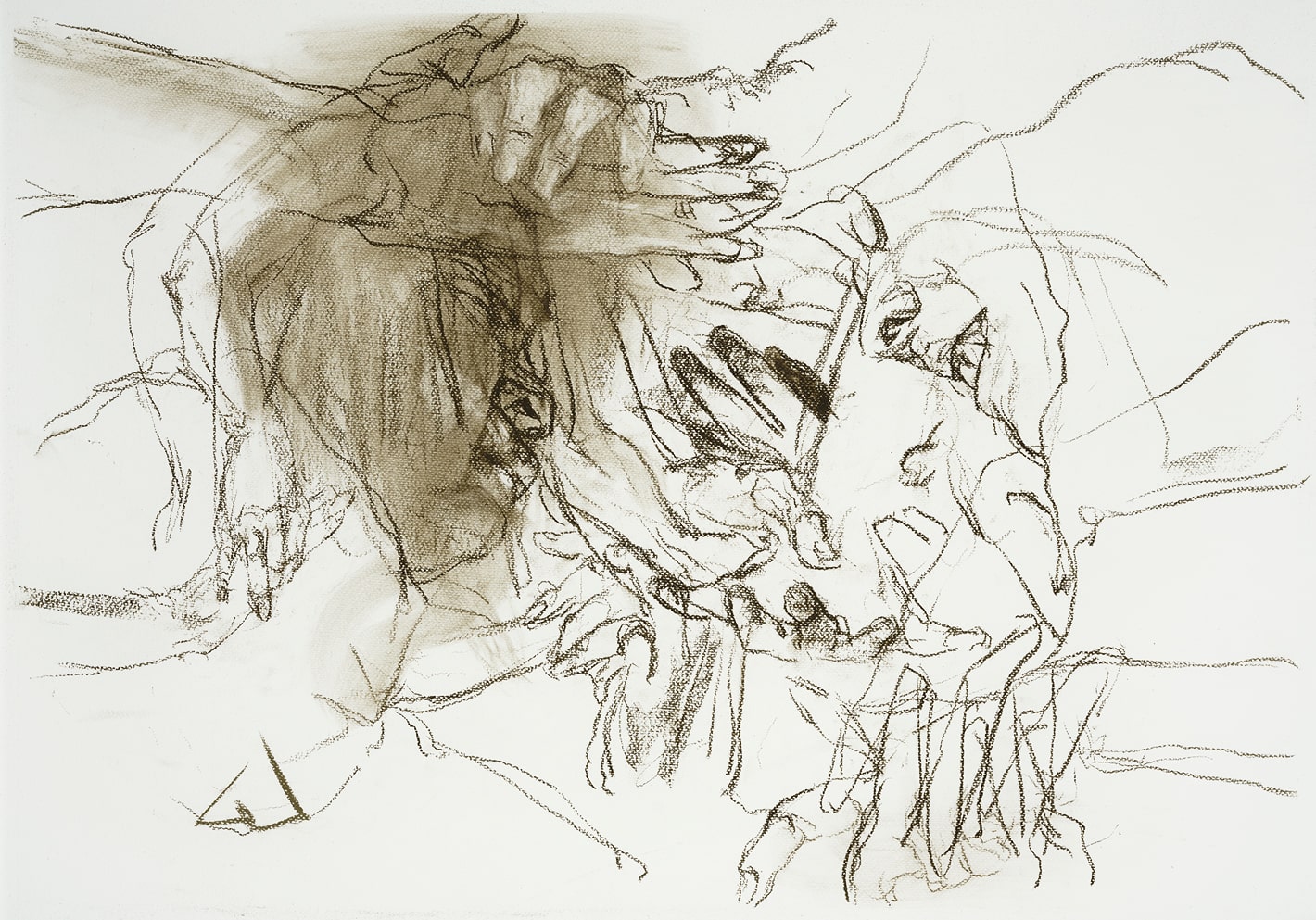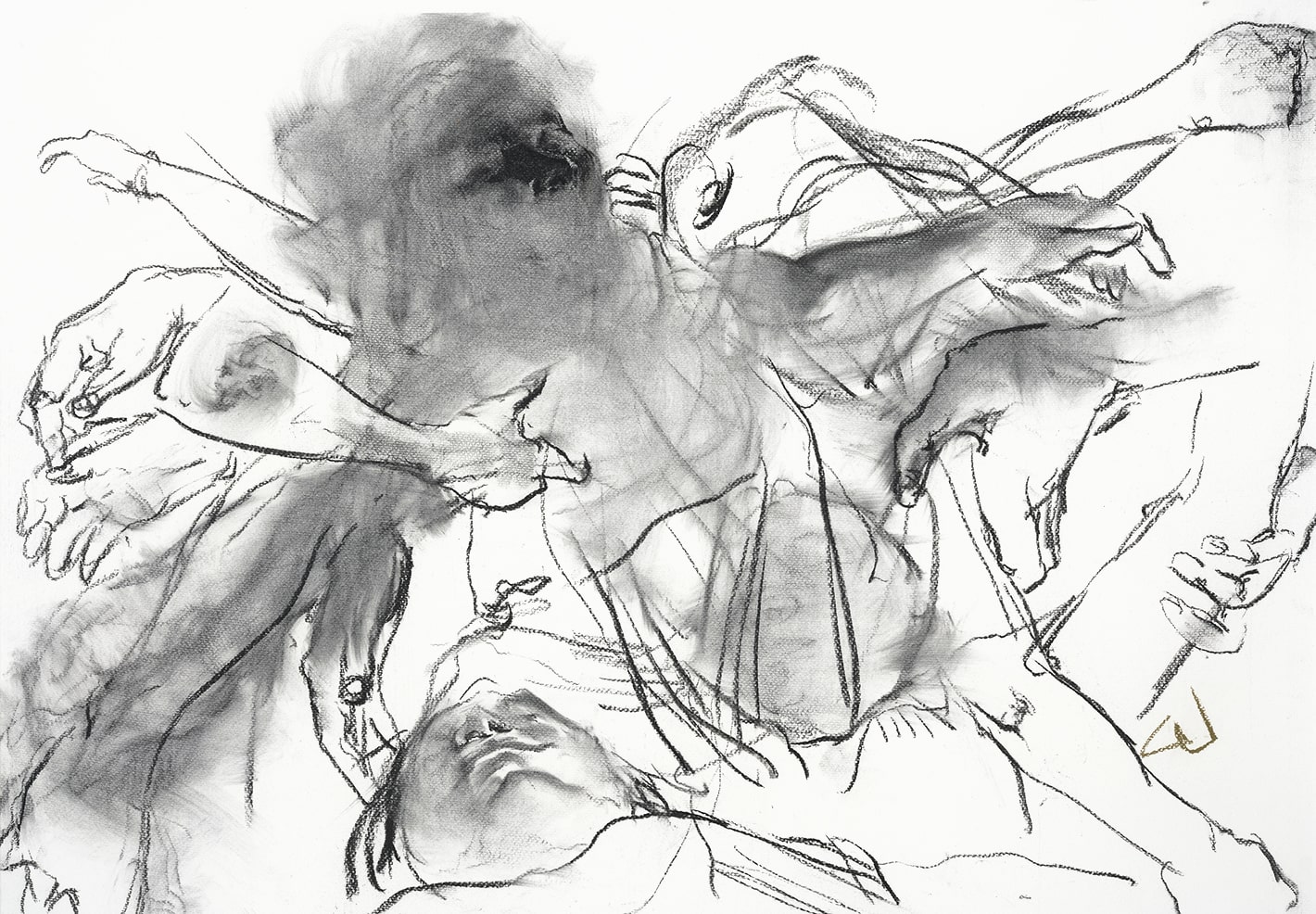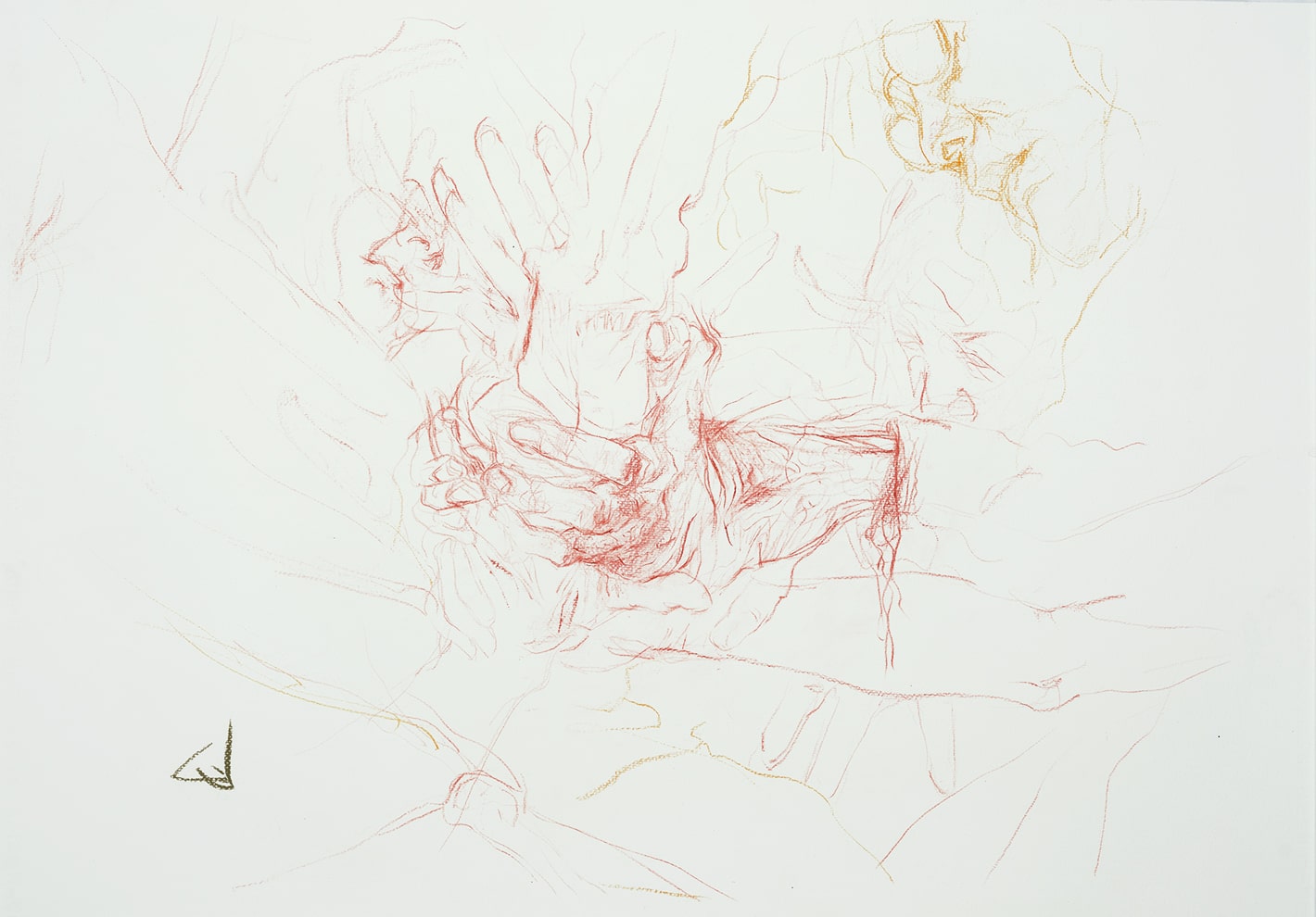“The Second Interrogation” is Wang Tuo’s first solo exhibition in Hong Kong. The Second Interrogation, the titular work of the exhibition, is a two-part video installation based on the artist’s observations and reflections on cultural censorship in the art world in China in recent years. The first part of the work consists of a two-channel video, and the second part a single channel. The work stages the dramatic encounter of the fraught friendship between an artist and a censor, as well as the creeping tension in their exchanges. Together and in reversing roles, they ask fundamental and existential questions about the arts, testifying to the uncertainties they share about the purpose of art in society: what is the role of an artist in an authoritarian state? How could art bring about social change?
The titular work is a sequel to Wang’s preceding piece, Interrogation (2017), which depicts the psychological methods of conducting interviews by a local commissioner for Discipline Inspection, who was himself once put into the position of an interviewee years ago. In the 2022 rendition of The Second Interrogation, the artist envisions this dialectic in two extreme yet grounded positions where the artist becomes the censor, and the censor becomes the artist. Provoked by their different conjectures on the future developments of China, the censor and artist both begin a conscious shift in their identities: after a series of private dialogues and confrontations, the artist slowly becomes a covert surveillant examining the ideological problems of the art world for the government, whereas the censor seems to have grasped the true essence of art in a totalitarian state. The focal point of their discussion is notably the re-examining of the seven astounding performances (known as the “Seven Sins”) at the 1989 China/Avant-Garde Exhibition in Beijing, which triggered great stir in the Chinese art community and faced intense scrutiny by the authorities. During the artist’s subsequent restaging of the Seven Sins performance, the censor intervenes and hence transforms the entire piece. The two figures demonstrate the enduring legacy of Chinese art history from thirty years ago, and the salient reality where our action is the link between the past, the present, and the future of the nation.


)
